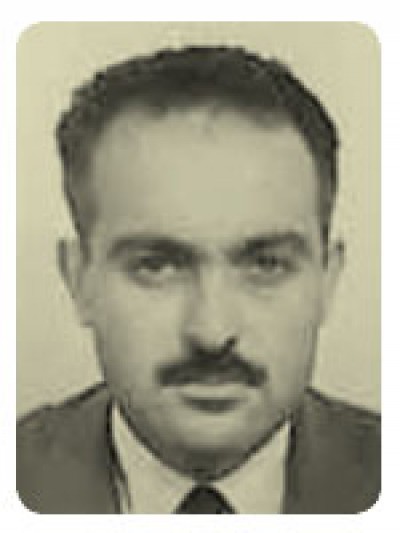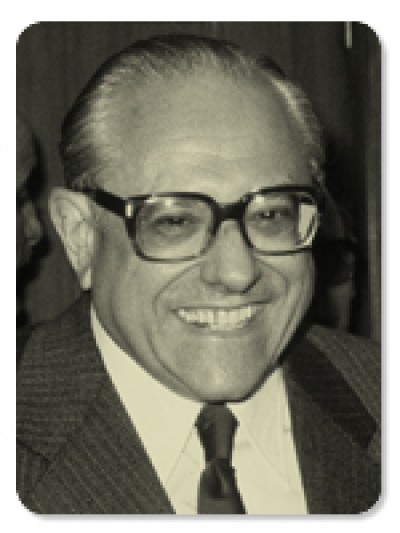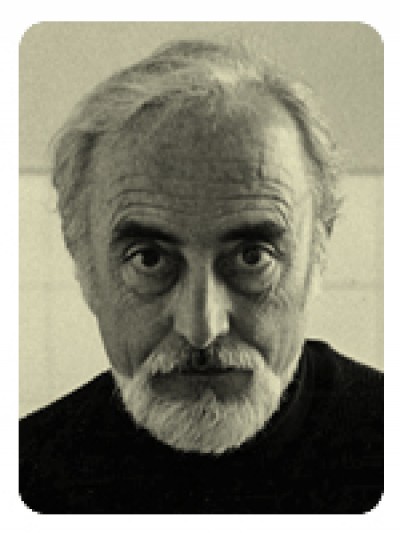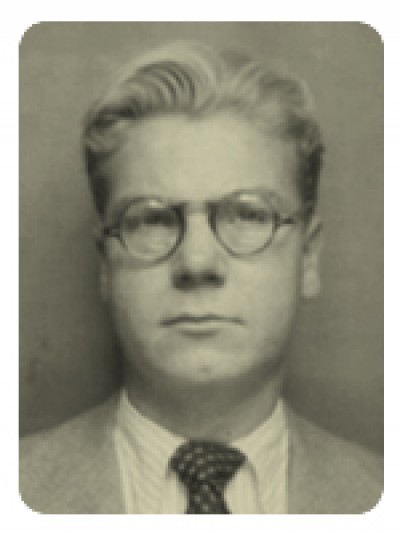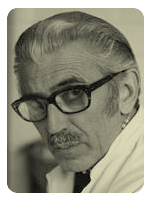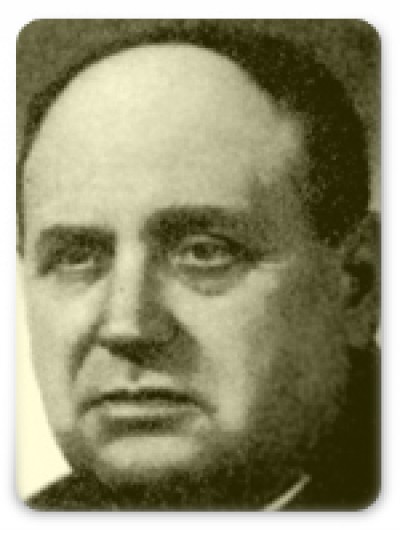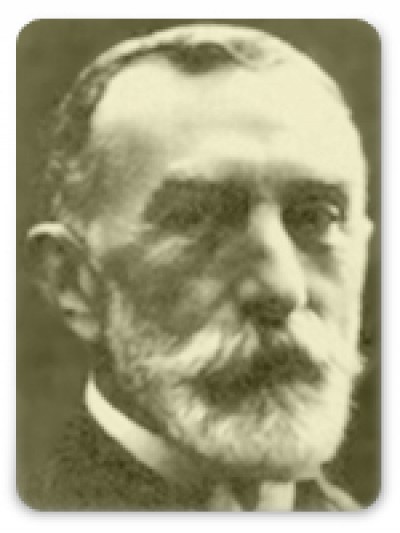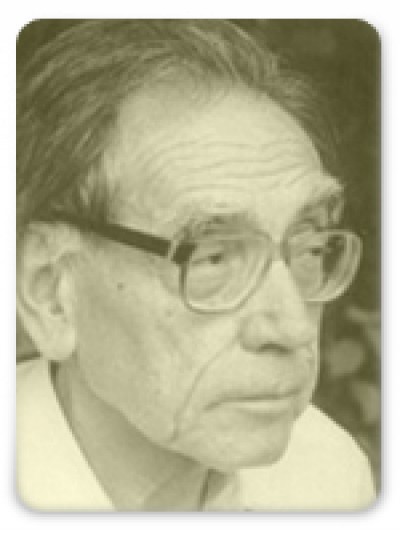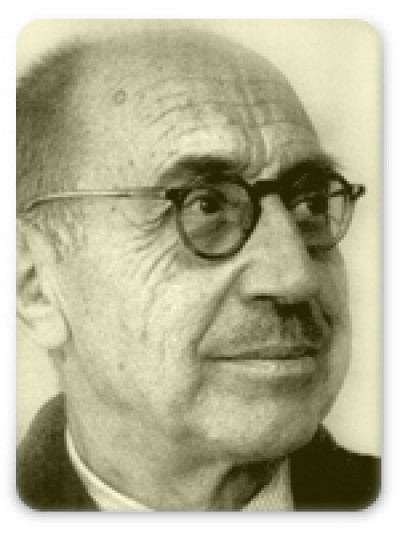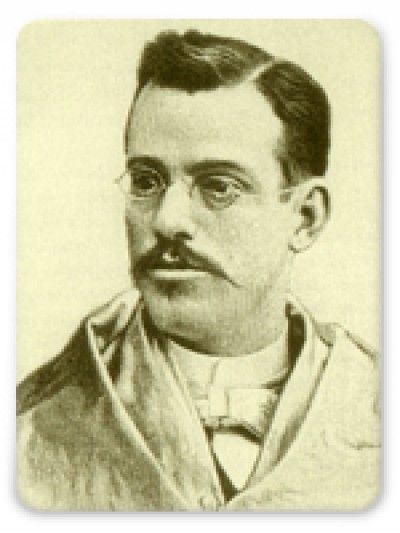Dr. Balcells was born in Barcelona on 31 March 1922 into a noble family. He began his high school studies at the Maragall Institute of Barcelona and completed them on 1939 at the Sant Isidoro Institute of Seville, the city where his family had moved to given the political convulsions of the period due to the Spanish Civil War.
One of the most famous Catalan and Spanish scientists. He devoted his life to research in organic chemistry. His main contribution to science was the development of perchloro-organic chemistry, which he began in 1954 with the discovery of a potent chlorination agent. In 1964 he discovered the Inert Free Radicals, a class of trivalent carbon species of exceptional stability, which opened the door to a new era in organic chemistry.
Born in Mont-Roig del Camp in 1920, he moved to Barcelona in the 1930s when his father, a state school teacher, was posted to the capital. A man committed to freedom, Ballester volunteered at the age of 17 to defend the Spanish Republic against fascist aggression. He suffered the shameful refugee camps in the south of France until he was able to return to Barcelona. At the end of the Spanish civil war, he obtained a doctorate in Chemistry and Biological Sciences with an excellent cum laude mark for his doctoral thesis.
He graduated in Chemistry from the University of Barcelona, and also obtained degrees in Physics and Mathematics from the University of Montpellier. He was a chemical engineer at the Institute of Chemistry of the University of Montpellier (1941) and obtained a PhD in Physical Sciences from the Sorbonne (Paris, 1948).
Carlos Bas i Peired was born in Barcelona. He studied at the Pia Sant Antoni School (Barcelona), and from a very young age he was attracted to natural sciences. After the war, in 1942, he was able to begin his studies at the University of Barcelona. Initially he was interested in botany, the subject of his first publications.
He studied natural sciences in Barcelona. In 1920 he got his Ph.D. degree in Madrid showing his research about the Jurassic period in Tarragona. His interest in geology and paleontology was due to his relation with Jaume Almera, who was his Professor and who founded the geological museum from Barcelona.
He was a member of the Acadèmia de les Ciències i Arts de Barcelona; a member of the Institució Catalana d’Història Natural, where he was the president twice in 1906 and in 1911; and a member of the science section of the Institut d’Estudis Catalans (IEC), where he was also a president in 1911.
He obtained a degree in Natural Sciences at University of Barcelona (1947) and a PhD in 1950 with a dissertation on the vegetation in Montseny (Catalonia). He was a student and later collaborator of Josias Braun-Blanquet, and he introduced the sigmatist methodology for the study of vegetation in Catalonia.
In 1934 he started to take care of the plants and herbs books from the Institut Botànic de Barcelona, he became director of the Institut Botànic in 1939 and later he was chosen as the director of the Instituto Municipal de Ciencias Naturales.
He was Professor of natural history in the University of Barcelona (1900) where he had problems due to his evolutionist ideas. In 1907, he founded and directed the Laboratorio de Biología Marina de las Baleares, in Mallorca, and the Instituto Español de Oceanografia. In 1939 he was exiled to Mexico.

